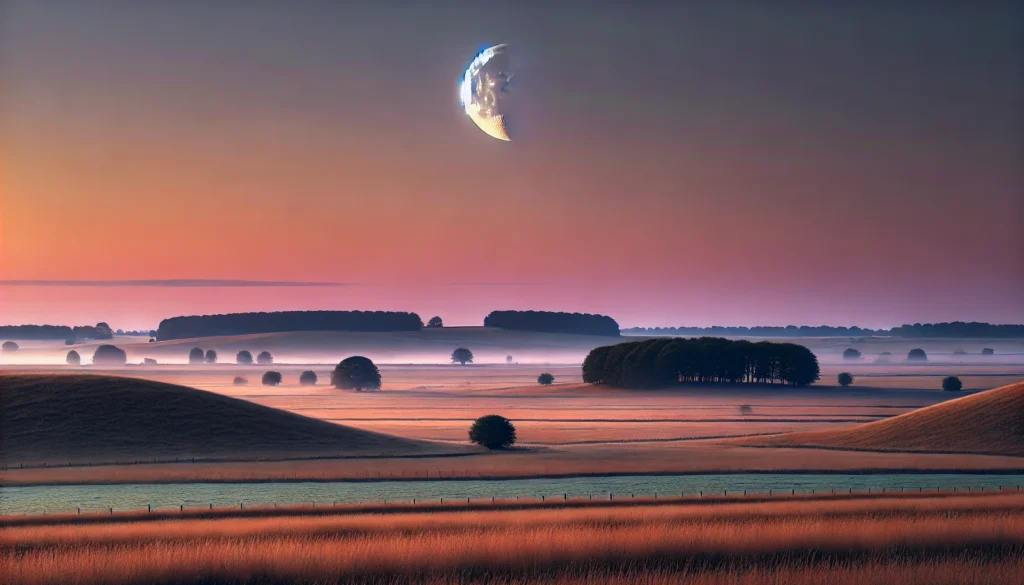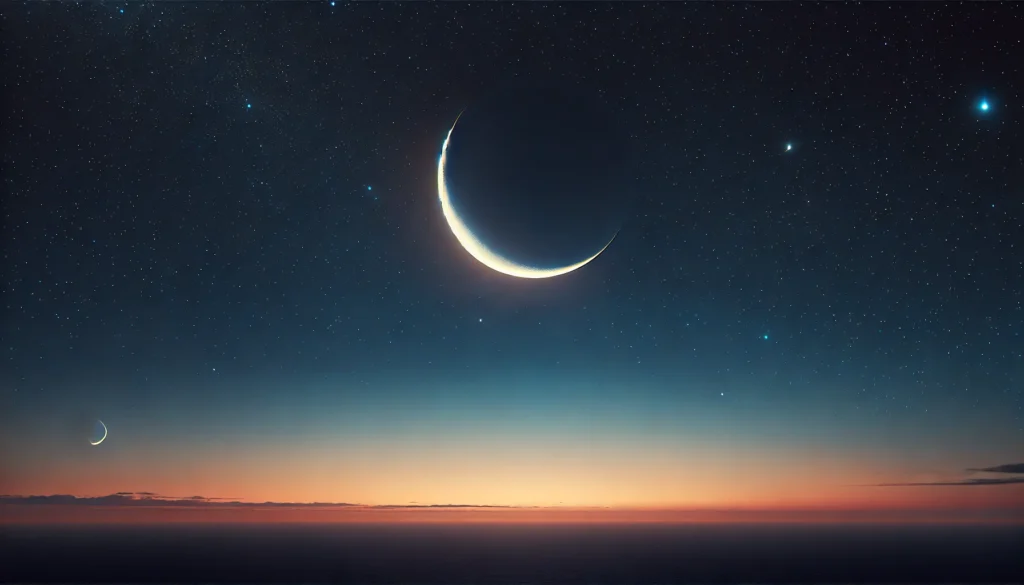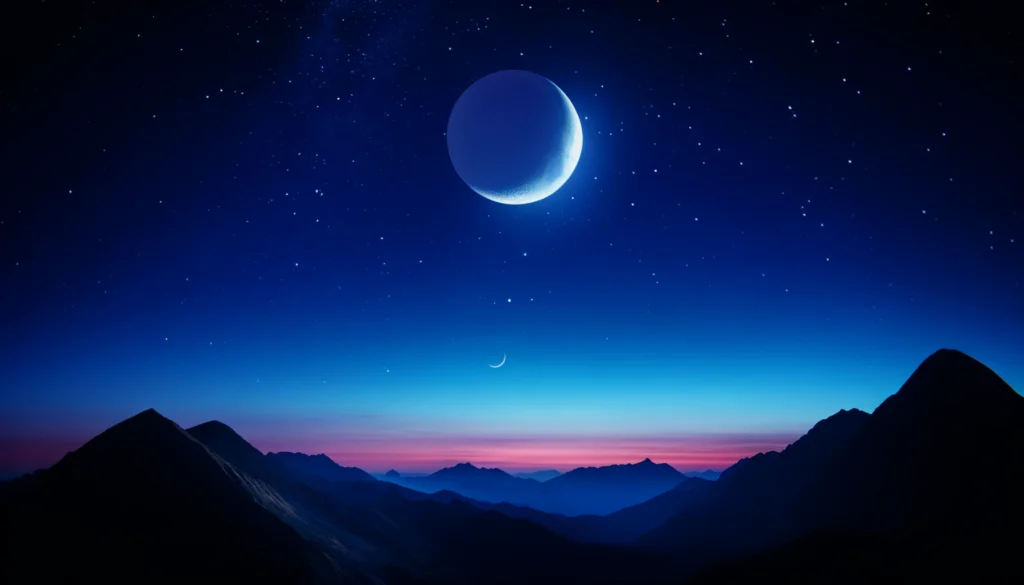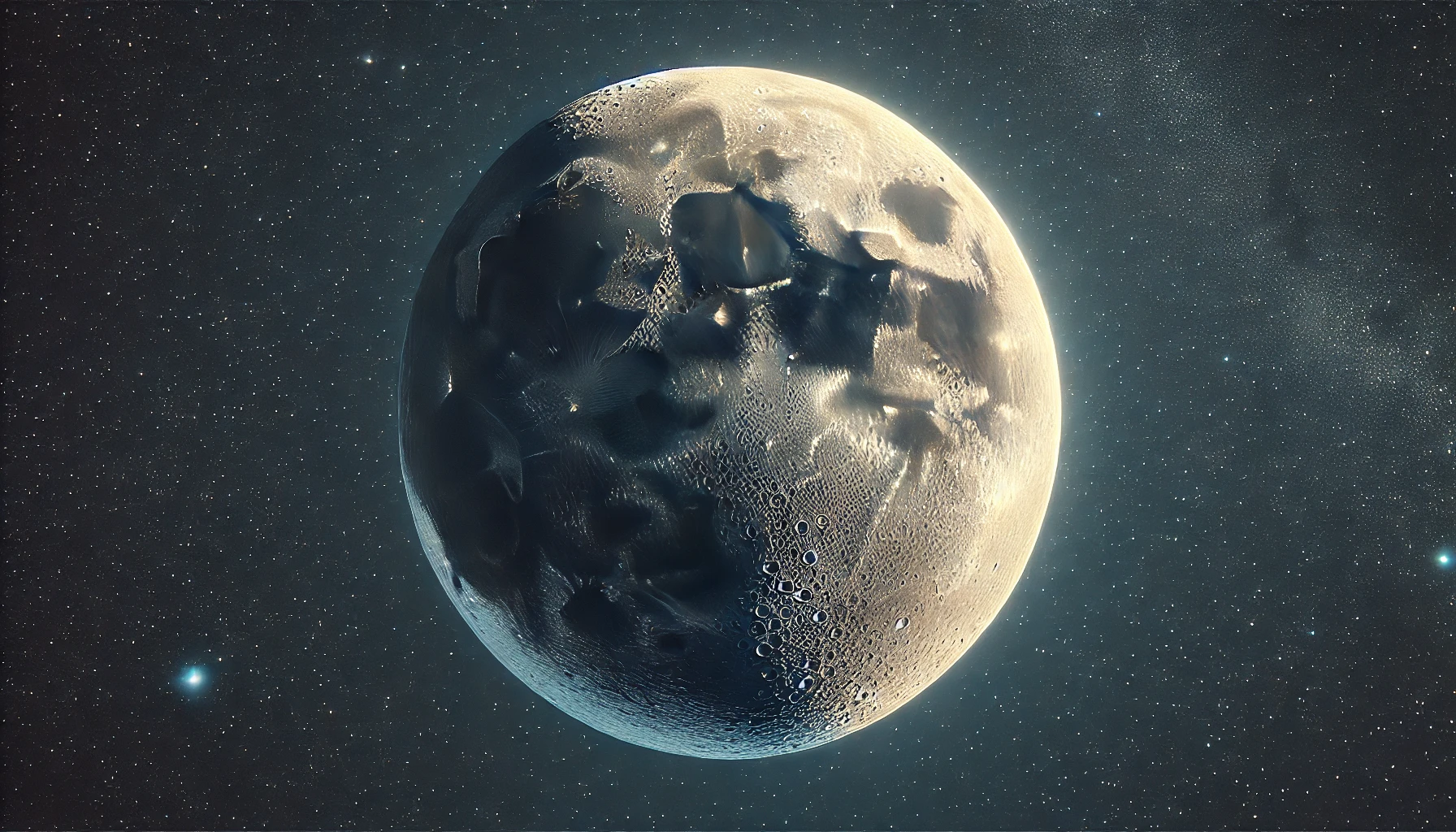The Moon’s phases are a fascinating aspect of our night sky, offering different views and experiences depending on the time of the month. If you’re curious about what kind of Moon it is tonight, you’re in the right place.
This article will explain the current phase of the Moon, how to recognize it, and provide tips on how to observe it. Whether you’re a beginner stargazer or an astronomy enthusiast, you’ll find everything you need to know right here.
Understanding the Moon’s Phases

The Moon goes through a cycle of eight main phases over the course of approximately 29.5 days. These phases change as the Moon orbits Earth, and each phase has its own distinct characteristics. To understand what kind of Moon it is tonight, it’s essential to know how these phases work.
1. New Moon
The New Moon marks the start of the lunar cycle. During this phase, the Moon is between the Earth and the Sun, making it invisible from our perspective. It’s a time for new beginnings, both in the sky and in life.
2. Waxing Crescent
After the New Moon, the Moon starts to move away from the Sun and becomes a thin crescent in the sky. This is the Waxing Crescent phase, where the illuminated portion of the Moon gradually increases.
3. First Quarter
In the First Quarter phase, half of the Moon is illuminated and half is in shadow. It occurs when the Moon has completed about a quarter of its orbit around Earth.
4. Waxing Gibbous
During the Waxing Gibbous phase, more than half of the Moon is illuminated but it is not yet a Full Moon. This phase is a time of growth and building energy.
5. Full Moon
The Full Moon occurs when the Moon is directly opposite the Sun, fully illuminated, and visible in the sky. This phase is associated with high energy and completion.
6. Waning Gibbous
After the Full Moon, the illumination begins to decrease. The Waning Gibbous phase is when the Moon starts to shrink from its fullest point.
7. Last Quarter
The Last Quarter is another half Moon, but this time it occurs after the Full Moon. Like the First Quarter, half of the Moon is illuminated, but it’s now on the opposite side.
8. Waning Crescent
The Waning Crescent phase is the final phase before the New Moon, where the Moon is almost completely dark. It’s a time for rest and reflection.
What Kind of Moon Is It Tonight?

Tonight, January 27, 2025, the Moon is in the Waning Crescent phase. This is the last phase before the New Moon, and the Moon is currently about 5% illuminated. The Waning Crescent is a quiet phase, where the Moon’s brightness slowly fades as it prepares to reset for the New Moon.
The Moon will rise at approximately 3:41 AM and set at 12:20 PM on January 27, 2025, in Islamabad. This phase is best viewed in the early hours of the morning, just before sunrise, when the small crescent is visible in the western sky. The rest of the Moon is in shadow, with only a thin slice of light reflecting back to Earth.
Moonrise and Moonset Times for Islamabad
For stargazers in Islamabad, it’s important to know the precise times when the Moon will rise and set to plan your observation. Here’s a detailed table for January 27, 2025:
| Event | Time |
| Moonrise | 3:41 AM |
| Moonset | 12:20 PM |
These times are crucial for understanding when to look for the Moon and how it will appear in the sky. The Waning Crescent Moon will be visible just before dawn, making it a great time for early risers to catch a glimpse of the delicate crescent.
How to Observe the Moon During the Waning Crescent Phase
The Waning Crescent phase provides an opportunity to observe some fascinating details about the Moon, even though it’s mostly in shadow. Here are some tips to make the most out of your observation:
- Best Viewing Times: The best time to observe the Waning Crescent is just before sunrise. The Moon will be low on the horizon, so you’ll need a clear, unobstructed view of the western sky.
- What to Look For: During this phase, only a small crescent is visible. The rest of the Moon is dark, but you may notice the shadows and surface features along the illuminated edge, which are great for stargazers with telescopes.
- Equipment: While binoculars may give you a closer look, a telescope will reveal even more of the lunar landscape, including craters and mountains along the edge of the illuminated crescent.
- Location: Choose a spot away from city lights to get the best view of the Moon. Higher elevations also provide a clearer view of the horizon.
Cultural Significance of the Waning Crescent Moon

Throughout history, different cultures have attached unique meanings to the Moon’s phases, and the Waning Crescent is no exception. In many traditions, this phase is seen as a time for introspection and preparation. It’s a moment to reflect on what’s been accomplished and to prepare for new beginnings with the upcoming New Moon.
In some cultures, the Waning Crescent is also associated with spiritual cleansing and setting intentions for the future. This quiet phase encourages people to slow down, rest, and get ready for the renewal that the New Moon brings.
FAQs:
Why is the Moon different every night?
The Moon changes its appearance because it orbits Earth, and as it moves, the amount of sunlight hitting it changes. This creates the different phases of the Moon that we see from Earth.
What causes a New Moon?
A New Moon occurs when the Moon is directly between the Earth and the Sun, causing the side of the Moon that faces Earth to be completely dark.
Can I see the Moon during a New Moon?
No, the Moon is not visible during the New Moon phase because the side of the Moon that faces Earth is not illuminated by the Sun.
How long does it take for the Moon to go through all its phases?
It takes about 29.5 days for the Moon to complete its entire cycle, from New Moon to New Moon.
When will the next Full Moon be?
The next Full Moon will occur on February 5, 2025, so if you miss the Waning Crescent phase, you can look forward to the bright, full lunar experience.
How does the Moon’s phase affect tides?
The Moon’s gravity causes tides, with higher tides during the Full and New Moon phases (spring tides) and lower tides during the Quarter phases (neap tides).
What is the “Blue Moon”?
A Blue Moon happens when two Full Moons occur in the same calendar month, a rare occurrence due to the Moon’s 29.5-day cycle.
Why does the Moon appear larger during the “Supermoon” phase?
A Supermoon occurs when the Full Moon is closest to Earth (perigee), making it appear about 14% larger and 30% brighter than usual.
What causes the “Blood Moon”?
A Blood Moon is a lunar eclipse where Earth’s atmosphere scatters sunlight, giving the Moon a reddish hue as it enters Earth’s shadow.
Can the Moon’s phases affect your mood or behavior?
While there’s no scientific proof, some people claim to feel more energetic or restless during the Full Moon, possibly due to psychological effects.
Conclusion:
In this article, we’ve explored the current Moon phase, which is the Waning Crescent, and explained the characteristics of this phase in detail. Whether you’re a seasoned astronomer or just beginning to explore the night sky, understanding what kind of Moon it is tonight can enhance your stargazing experience.
The Waning Crescent marks a time for reflection, rest, and preparation for the New Moon. Don’t forget to check the Moon’s rise and set times, and take the opportunity to enjoy the beauty of our closest celestial neighbor.
recommend article:
The Legacy Of Troy Moran At Hart High School – A Comprehensive Guide!
Pedrovazpaulo Business Consultant – A Comprehensive Guide To Excellence!
The Ultimate Guide To 47166566ln – Everything You Need To Know!




